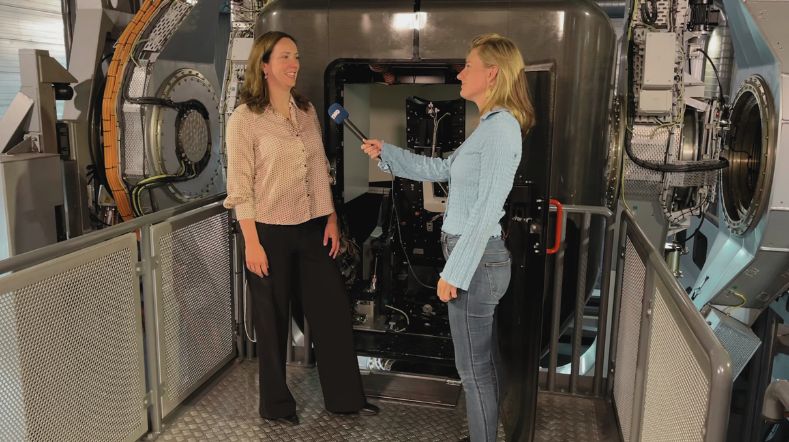Adaptive armed forces
Being robust and agile. These are the prerequisites for adaptive armed forces. These often competing values and conflicting requirements can create tension within a defence organisation. You are adaptive only if you can integrate the tension between stability on the one hand and agility on the other. A challenging task. We support the Ministry of Defence in this.
Definition of an adaptive organisation
If we are talking about increasing the adaptability of an organisation, this quickly translates into the transition from a robust, stable organisation to a flexible, agile one. An organisation that is continuously able to adapt. Yet this is a misunderstanding. An adaptive organisation is one that possesses both characteristics. One that offers robust resistance and responds flexibly. These attributes must be present in the correct proportion:
- Too much agility and flexibility creates chaos, randomness and opportunism.
- Too much robustness creates rigidity, bureaucracy and inflexibility.
Bipolarity
The ability of an organisation to deploy both contradictory characteristics simultaneously is called bipolarity. A bipolar organisation deals effectively with the tension that exists between robust and agile. It makes the most of them.
Tension
Within an organisation, the tension between robust and agile is present everywhere and at every level. Examples include:
- Implementing a transparent course that can be used for social and political accountability on the one hand, and the reality that the set course is already outdated before it has even started, on the other.
- The painful split between the well-defined procurement and other procedures that are important for the cost-effective and safe procurement of equipment, which at the same time greatly slows down the flexibility and speed of work for operational units.
- At an operational level, the Ministry of Defence wants to deploy personnel and resources that are solid and well-suited to the task at hand, but also wants to respond optimally to the latest technological and other developments that are arriving at a rapid pace. A difficult task.
The bipolar capability
The bipolar capability concerns the strategic set-up of the organisation, i.e. strategy, processes and structures. But also how employees within the organisation are able to deal with the tension that exists between robust and agile. Research shows that an adaptive mindset and culture is crucial. Such as recognising tension and being able to embrace it. The value of both extremes and how they reinforce one another then become apparent.
The next skill is to integrate both perspectives into an innovative paradigm. This way, solutions are found that increase adaptivity sustainably. A common goal is essential here. Such as a goal and a course of action that will guide action throughout the organisation.
The samurai and the ninja: our vision
The samurai and the ninja are opposites. But a truly adaptive warrior cannot only be either a samurai or a ninja. You are adaptive only if you can integrate the tension between stability on the one hand, and agility on the other. We support the Ministry of Defence in bringing together the best of both worlds. Such as strengthening its adaptive mindset and culture, the overall goal and the systems world (the design of processes and structures) that influence it.
Get inspired
Time setters: Pushing the limits of flight simulation with the Desdemona


GPT-NL boosts Dutch AI autonomy, knowledge, and technology


First overview of cyberattack techniques by AI against AI


Human behaviour and collaboration

Human performance

